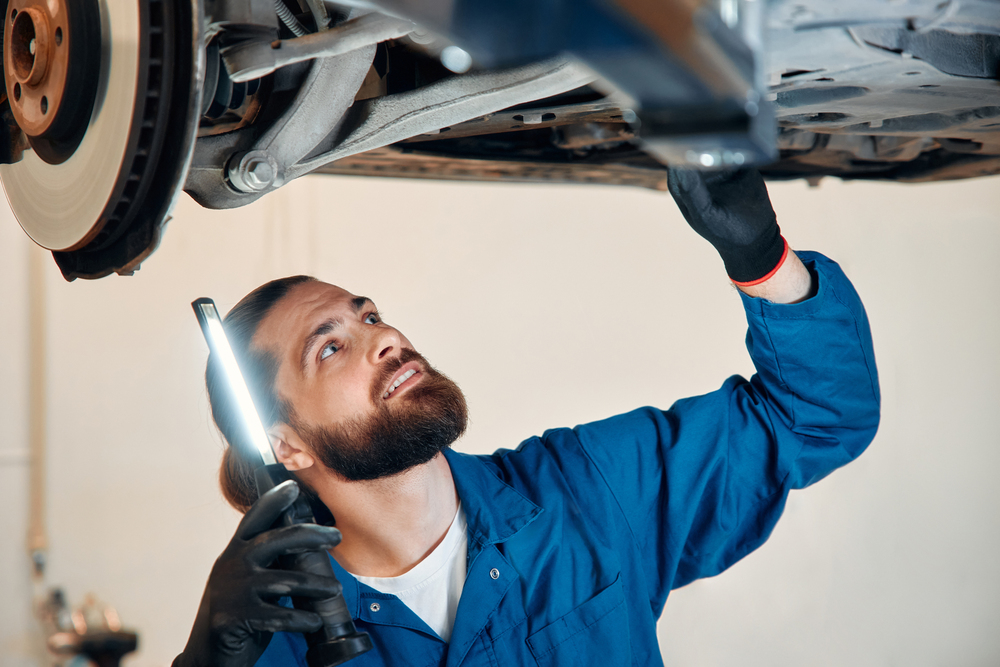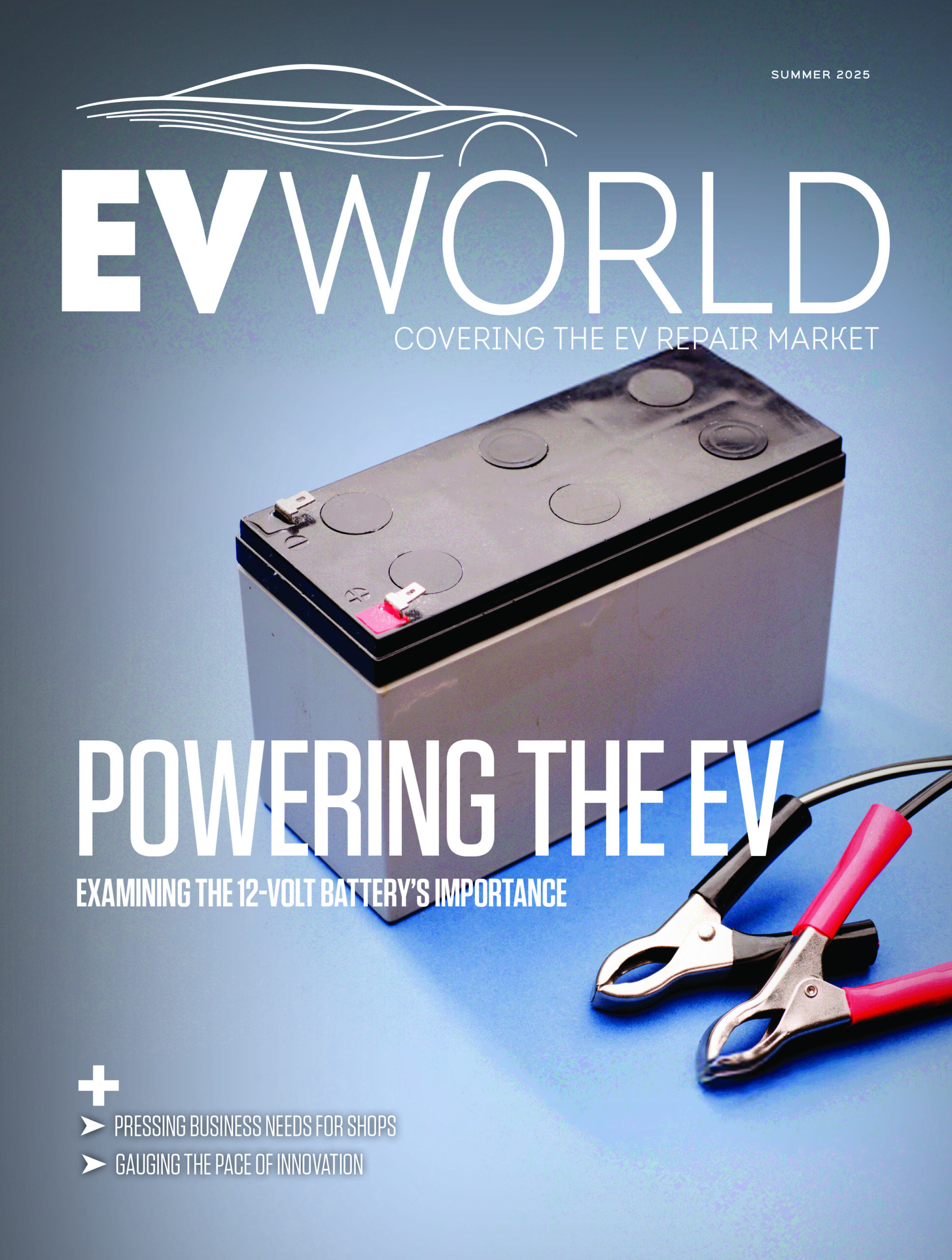
After taking a huge hit, the do-it-for-me auto repair market is making a strong comeback, according to a recent report.
The COVID-19 pandemic hit DIFM market hard in 2020, causing its market share to drop for the first time in decades and leading to the closure of thousands of repair outlets.
“At the end of 2020, the future of the DIFM market looked bleak,” according to Lang Marketing’s report, DIFM Auto Repair Should Be on Its Heels.
Despite these setbacks, the surviving DIFM outlets powered a historic comeback in 2021. “The 2020 spike in do-it-yourself (DIY) market share and the unprecedented loss of service outlets could not hold back DIFM repair from regaining its aftermarket dominance,” the report stated.
From 2014 to 2019, the DIFM market was thriving, with product and service volume soaring. However, the pandemic abruptly changed consumer behaviour, leading many to perform their own vehicle repairs — in the U.S., this was spurned by using government-issued incentive checks. This shift caused a plunge in DIFM product sales, while DIY sales surged.
The pandemic also closed thousands of repair outlets, reducing the DIFM market’s capacity to service the growing number of cars and light trucks. By mid-2023, the number of vehicles per service bay was about eight per cent higher than four years earlier, a trend Lang Marketing expects to continue.
To address the challenge of fewer service bays handling greater repair volume, surviving service bays have increased their repair capacity. Product and service sales per bay have dramatically outpaced the recovery-growth rate of the overall DIFM market.
Between 2019 and 2023, the annual product sales of the average car and light truck bay rose significantly. Preliminary findings indicate this trend has continued into 2024.
Different types of repair outlets have seen varying gains in bay output. Foreign specialists led the way with double-digit growth in annual product and service volume per bay. Repair specialists also recorded strong DIFM volume growth per bay, while Dealers achieved above-average growth rates, expanding their overall DIFM share and reducing the combined share of Independent repair outlets.
The growing productivity of service bays is a testament to investments in technician training, tools and equipment, software and other resources.
“The continued growth of DIFM volume nationwide and the expected continued decline in the bay population will make it more necessary than ever for outlets to invest in increasing bay productivity,” the report stated.
This need for improved productivity presents opportunities for companies that can provide training, products, software, and other methodologies.
“The growing number of electric vehicles on the road will provide an unprecedented impetus for even more training, products and software,” Lang’s report said.
Image credit: Depositphotos.com












Leave a Reply